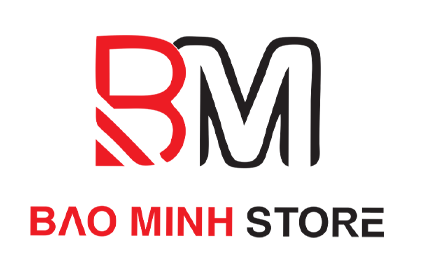Bookkeeping
What Is Retail Accounting? Retail Method + Calculator
HashMicro’s retail accounting software is the top digital solution in the Philippines for optimizing inventory value and cost. It offers advanced features that streamline stock management, save time, reduce waste, and boost profitability. Invest in advanced accounting software to bridge the gap between simplicity and precision. Modern tools enable tracking inventory costs, automating calculations, and generating comprehensive retail accounting financial reports. Unlike traditional accounting, it focuses more on managing inventory than calculating costs.
How to Bake Success: Financial Insights for Bakeries
- Using the retail method of accounting, retailers use the projected retail cost to value the inventory.
- The retail method works only if the retailer’s markup on the inventory is consistent across their entire inventory.
- Retail inventory tracking software improves qualitative forecasting by collecting and analyzing customer preferences, industry trends, and competitive data.
- Assigning accurate costs to inventory items ensures proper financial reporting.
- At its most basic, the retail method of accounting is about calculating the cost of inventory purchased relative to the selling price.
Costs are averaged to determine inventory value, simplifying accounting. Store inventory management software can automate these calculations for accurate financial reporting. Inventory classification methods play a vital role in helping businesses value stock, determine costs, and optimize inventory management.
- This practice helps ensure the inventory data reflects reality, reducing the risk of overstocking or stockouts.
- HashMicro is Philippines’ ERP solution provider with the most complete software suite for various industries, customizable to unique needs of any business.
- Maintain a centralized system to reduce stock inconsistencies and achieve accuracy across multiple sales channels.
- Cost accounting tracks your inventory costs based on the amount you paid to acquire each item.
What does the accounting cycle look like for retail stores?
- If your records show that at retail price you started the month with $60,000 worth of goods and ended up selling $20,000 worth, you now have $40,000 worth of goods at retail price left.
- The best accounting software also helps you fill out important financial documents, like income statements, balance sheets and cash flow statements.
- Beginning inventory refers to the inventory at the end of the previous period.
- No matter when you sell a pound of coffee, it’s recorded at this stable $11 cost, smoothing out any price fluctuations.
- In retail accounting, you estimate your inventory’s value rather than calculate it manually.
Let’s assume you took a physical inventory count at the beginning of the quarter, and you know the actual cost of your inventory as of that date was $80,000. Reviewing the reports from your point of sale system you see that, as of the end of the quarter, your sales totaled $30,000. Finally, throughout the quarter, you purchased new yarn and accessories, which cost a total of $10,000.
Step 2: Compute the COGAS at both retail and cost.
Since retail accounting depends on estimates, there is a great scope for error in the valuation of inventories. For instance, if the retail prices have changed due to discounts or promotions, then the estimated inventory value may not be the actual value of the stock. It might be more likely that the dice have gotten mixed up in your bucket, and there’s a good chance you’ve sold a number of dice from all three orders you placed.
Retail inventory accounting methods
All businesses use some form of financial accounting, as these statements serve a purpose both internally and externally, providing detailed data on all business transactions. This method is used by a company’s internal team to make informed decisions about business operations. “Price and markup changes make retail accounting much less accurate, and many industries are dealing with those right now. The IRS allows you to use any method you want to value your inventory for tax purposes. The caveat is, once you choose a method you have to stick with it, unless you get permission from the IRS to change your costing method. This rule is in place to keep business owners from “gaming the system” by frequently switching costing methods to get the best tax advantages.
But for those looking to be more analytical, it’s probably best to use this only for a rough estimate. Say you’ve been working hard for two years now, building a retail store with a great product that your customers really love, but somehow you always seem to spend too much time sorting stock. During the audit, the store employees physically count each item in stock and compare it to what’s recorded in their inventory system.
The average cost method considers both markups and markdowns in the determination of the cost-to-retail ratio. As a result, the cost-to-retail ratio will be higher than in the conservative method. The retail method becomes more complicated when there are subsequent markups and markdowns to the initial retail price. These adjustments can be dealt with using either the Conventional Method or Average Cost Method. Subtract the answers from steps 2 and 3 to compute inventory at retail price.
- Tracking inventory amounts is essential for maintaining a smooth operation and avoiding costly surprises.
- Retailers will inevitably have a physical count at the end of the year.
- Reviewing the reports from your point of sale system you see that, as of the end of the quarter, your sales totaled $30,000.
- The Northern Ireland component of our private rents and owner occupiers’ housing costs series has previously been based on our standard data collection processes.
What if there was a simple formula you could use to track inventory costs without manually checking every week? The retail method of accounting works when products being sold have standard major markup percentages. It streamlines the mind-bending processes that enable small businesses to track inventory and profit margins. As with any method of accounting, however, retail accounting, too, presents some challenges.


